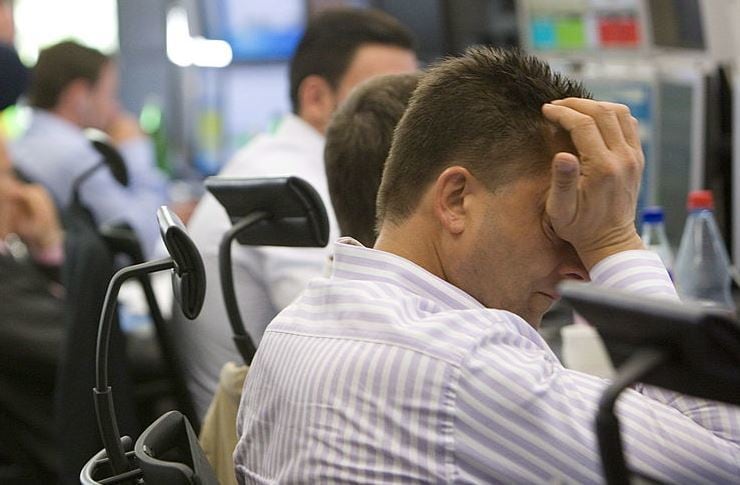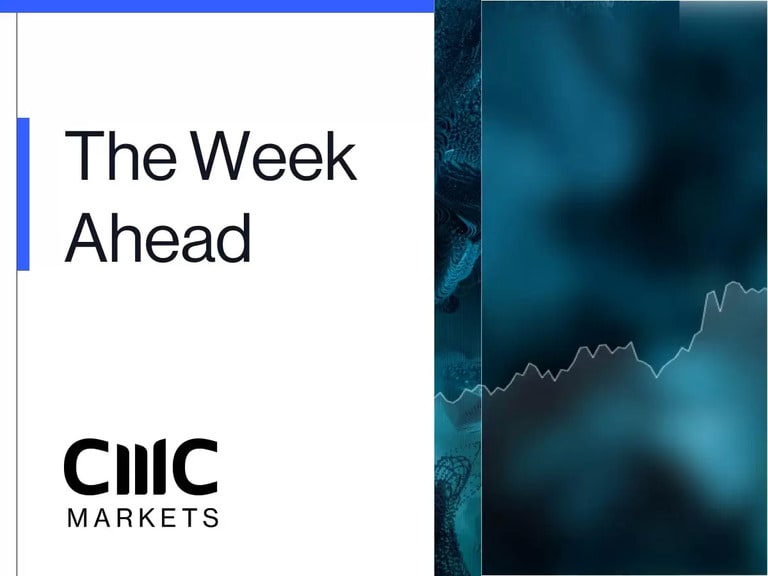This week has been characterised by the question of whether higher rates are good or bad for stock markets. If last night’s price action in the US is any guide, then the answer to that would be a no, with the sharp declines in the US set to result in a negative start for markets here in Europe, after Asia markets slid sharply as well.
Central bankers would have us believe that higher rates are reflective of an improving economic outlook, and that is certainly true, but there are certain areas of the market that trade on valuations that are maybe a little on the frothy side, and where perhaps investor returns might be better served by allocating capital elsewhere. The trick for investors is therefore to identify which parts of the market are undervalued and able to benefit from the rollout of the vaccine programme and gradual unlocking of the global economy, and those parts of the market that have seen their best days in the short term.
For most of this week equity markets have tried to move higher and lower, but succeeded in not doing much at all until last night in the US, which saw the Nasdaq post its biggest one-day fall since October, while US 10-year yields hit a peak above 1.6%, before pulling back to just below 1.5%. This sharp push higher appears to be starting to blow the froth off some of the more richly valued parts of the market, thus begging the question as to whether investors will move this cash into the weaker parts, which have this week been starting to show signs of life.
As we come to the end of the month, we’ve seen some staggering gains in commodity prices, with copper on course for its biggest monthly gain since April 2006, while long-term bond yields have also shot up sharply, as the economic recovery story lends itself into a narrative of higher prices, and possible rate hikes. While rising US yields have been attracting the most attention, yesterday we also saw early signs of evidence of a tightening of financial conditions in Europe, with sharp rises in government borrowing costs from Germany to Greece.
The European Central Bank certainly appears to be becoming concerned about just such a scenario, with chief economist Philip Lane saying that the ECB is prepared to buy bonds flexibly in order to prevent just such a fiscal tightening. The problem the ECB has is that the bond market doesn’t appear to be listening, and even if they were, there is some doubt that the ECB would be able to do anything about any rise in yields.
Most of this week Fed officials have been quick to play down the threat of higher rates, with chairman Jay Powell, vice-chair Richard Clarida, and permanent Fed governor Lael Brainard weighing in on the topic, saying that higher rates are a natural consequence of an economic recovery story, and that the Fed has no intention of raising rates imminently It is certainly true that after years of low or negative real rates, the possibility that real rates are now starting to move quite a bit higher is turning into a reality, and that is making some people nervous, given that more fiscal stimulus measures are coming from the new US administration. The problem is also to do with the speed of the rise. Let’s not forget that US 10-year yields were at 0.913% at the end of last year, and are now trading around 1.5%, a move of 60bps in less than two months.
Investors will also be keeping an eye on today’s G20 meeting, which is expected to focus on the very topic of fiscal stimulus as well as a coordinated global response to the problems thrown up by the pandemic.
Today’s latest personal income and spending numbers for January are already expected to illustrate the boost to the $900bn of fiscal stimulus that was signed off at the end of last year, as the curtain came down on the Trump administration. Personal income is expected to rise 9.4%, up from 0.6% in December, while personal spending is expected to rise 2.6%, after two months of declines at the end of last year. With another $1.9trn of stimulus set to be voted on later today, perhaps it’s not surprising that yields are rising in anticipation of a big economic rebound later in the year.
EUR/USD – yesterday’s brief spike up to 1.2240 proved to be short lived, however while above the 50-day MA, we can still see a move back towards the highs this year at 1.2350. Support remains back towards the 1.2070 level. This remains a key support, with a move below 1.2060 reopening the risk of a move towards 1.1980.
GBP/USD – made a new multiyear high of 1.4240, and this may be a short-term top. The bias remains for a move towards the 2018 peaks at 1.4380, but we can’t rule out the prospect of a dip back to the 1.3820 area first now that we’ve broken below 1.4070.
EUR/GBP – rebounded strongly from the 0.8540 area and this has taken us back through the 0.8630 area, with the potential for a move towards the 0.8730 area. We could have seen a short-term base for a move back to the 0.8800 level, with support now back down near 0.8620.
USD/JPY – still in the uptrend from the January lows and could well head towards 107.00. Trend line support now comes in at 105.10.
CMC Markets erbjuder sin tjänst som ”execution only”. Detta material (antingen uttryckt eller inte) är endast för allmän information och tar inte hänsyn till dina personliga omständigheter eller mål. Ingenting i detta material är (eller bör anses vara) finansiella, investeringar eller andra råd som beroende bör läggas på. Inget yttrande i materialet utgör en rekommendation från CMC Markets eller författaren om en viss investering, säkerhet, transaktion eller investeringsstrategi. Detta innehåll har inte skapats i enlighet med de regler som finns för oberoende investeringsrådgivning. Även om vi inte uttryckligen hindras från att handla innan vi har tillhandhållit detta innehåll försöker vi inte dra nytta av det innan det sprids.






